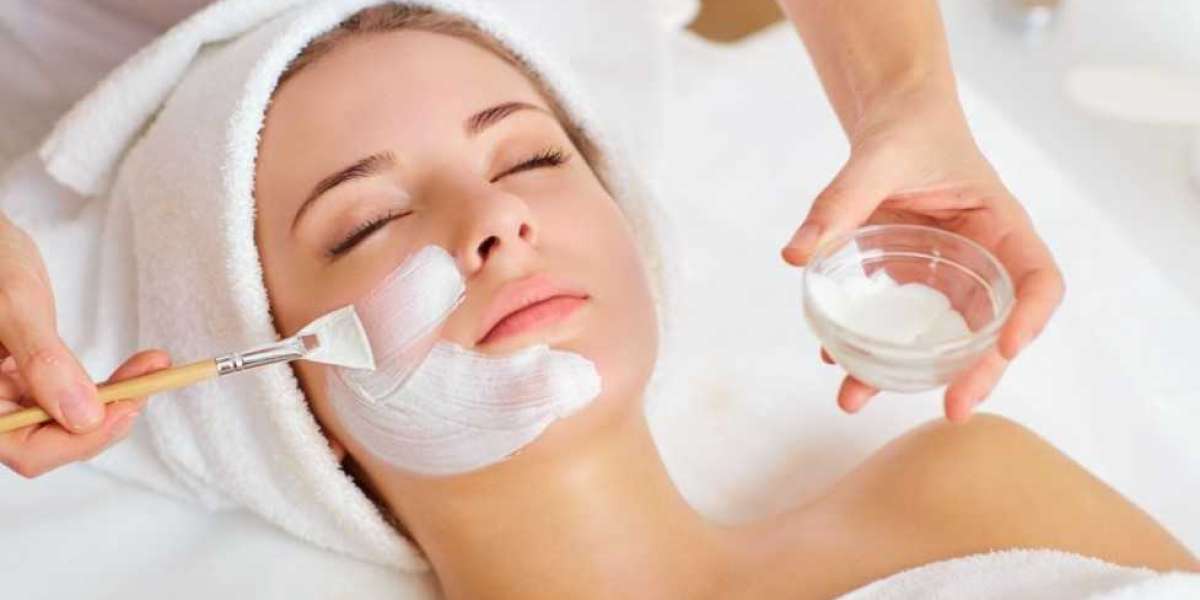Cleanser: Look for a gentle, non-comedogenic cleanser that suits your skin type. Brands like Cetaphil, Cerave, or Neutrogena offer affordable options.
Exfoliator (optional): You don't need to exfoliate every day, but incorporating it 2-3 times a week can help remove dead skin cells and unclog pores. Opt for a gentle exfoliator with ingredients like salicylic acid or glycolic acid. The Ordinary and Pixi offer affordable exfoliating solutions.
Toner (optional): While not necessary for everyone, a toner can help balance the skin's pH levels and remove any remaining impurities. Witch hazel or rose water are affordable and effective options.
Moisturizer: Choose a moisturizer that suits your skin type, whether it's oily, dry, or combination. Look for ingredients like hyaluronic acid or ceramides to hydrate and nourish the skin. Brands like CeraVe, Simple, or The Ordinary offer budget-friendly moisturizers.
Sunscreen: Sunscreen is crucial for protecting your skin from harmful UV rays and preventing premature aging. Look for a broad-spectrum sunscreen with at least SPF 30. Affordable options can be found from brands like Neutrogena, Cetaphil, or Eucerin.
Optional Treatments: If you have specific skincare concerns like acne, hyperpigmentation, or fine lines, consider incorporating targeted treatments. Brands like The Ordinary offer affordable serums with active ingredients like niacinamide, vitamin C, or retinol.
Remember, consistency is key when it comes to skincare. Stick to your routine and give your skin time to adjust and show improvements. Additionally, don't forget to patch test new products and consult with a dermatologist if you have any concerns or persistent skin issues.
Cleanser:
- Look for a pH-balanced cleanser with non-ionic surfactants like Coco Glucoside or Decyl Glucoside to gently remove dirt, excess oil, and impurities without disrupting the skin's natural moisture barrier.
- Ingredients like glycerin or sodium hyaluronate can help maintain hydration levels.
- Opt for formulations free from harsh sulfates like Sodium Lauryl Sulfate (SLS) to prevent stripping the skin of its natural oils.
- Example: Cetaphil Gentle Skin Cleanser or Neutrogena Ultra Gentle Daily Cleanser.
Exfoliator (optional):
- Choose a chemical exfoliator containing beta-hydroxy acids (BHA) like salicylic acid or alpha-hydroxy acids (AHA) such as glycolic acid.
- These ingredients help to unclog pores, remove dead skin cells, and promote cell turnover without the abrasive effects of physical exfoliants.
- Start with a lower concentration (around 2%) to minimize irritation, especially if you have sensitive skin.
- Example: The Ordinary Salicylic Acid 2% Solution or Pixi Glow Tonic (contains 5% glycolic acid).
Toner (optional):
- Look for alcohol-free toners containing soothing ingredients like witch hazel, rose water, or chamomile extract to hydrate, balance pH levels, and calm the skin.
- Avoid toners with high alcohol content as they can be drying and irritating.
- Toners can help remove residual impurities and prepare the skin for better absorption of subsequent skincare products.
- Example: Thayers Alcohol-Free Witch Hazel Facial Toner or Heritage Store Rosewater Facial Toner.
Moisturizer:
- Select a moisturizer suitable for your skin type, whether it's gel-based for oily/acne-prone skin or cream-based for dry skin.
- Look for humectant ingredients like hyaluronic acid or glycerin to attract and retain moisture, along with occlusive agents such as petrolatum or dimethicone to lock in hydration.
- Non-comedogenic formulations are preferable to prevent pore congestion.
- Example: CeraVe Moisturizing Cream or Simple Kind to Skin Hydrating Light Moisturizer.
Sunscreen:
- Opt for a broad-spectrum sunscreen with SPF 30 or higher to protect against both UVA and UVB rays.
- Ingredients like zinc oxide or avobenzone provide effective protection without causing irritation.
- Water-resistant formulas are ideal, especially if you're outdoors or sweating.
- Example: Neutrogena Ultra Sheer Dry-Touch Sunscreen SPF 50 or Eucerin Daily Protection Face Lotion SPF 30.
Optional Treatments:
- Incorporate targeted treatments based on your specific skincare concerns.
- Niacinamide (vitamin B3) serums can help regulate oil production and improve the appearance of enlarged pores and uneven skin tone.
- Vitamin C serums provide antioxidant protection, brighten the complexion, and stimulate collagen production.
- Retinol serums promote cell turnover, reduce the appearance of fine lines and wrinkles, and improve skin texture.
- Example: The Ordinary Niacinamide 10% + Zinc 1%, TruSkin Vitamin C Serum, or CeraVe Skin Renewing Retinol Serum.
Ensure patch testing new products and gradually introducing them into your routine to minimize potential irritation or adverse reactions. Additionally, consistency and patience are key for optimal results in skincare.



